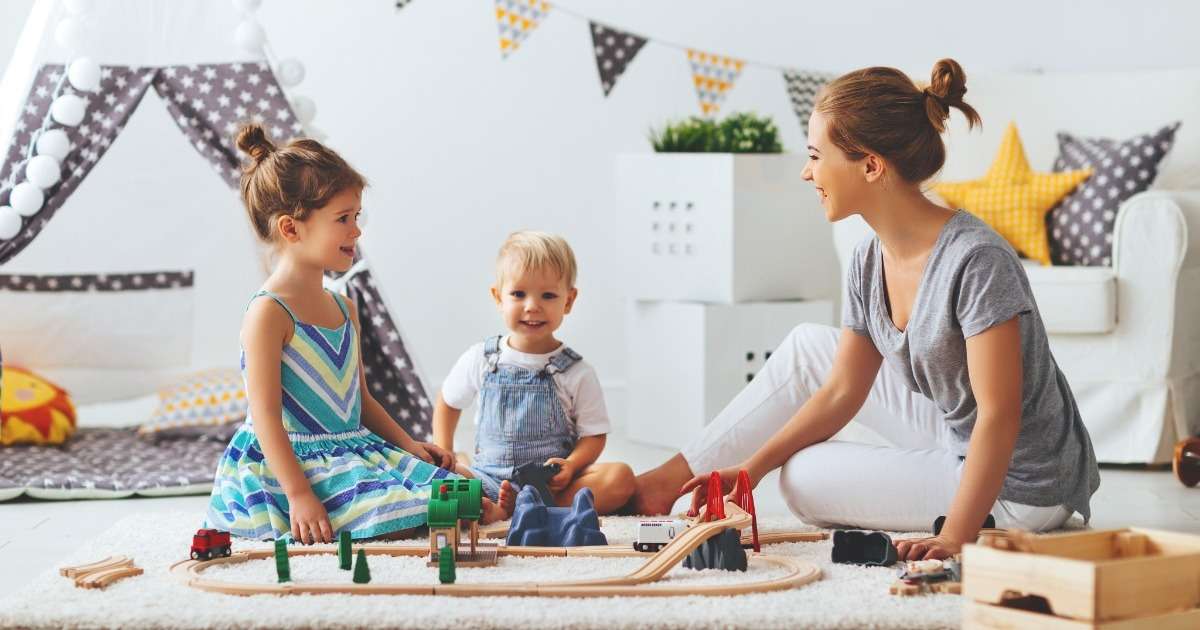
How to measure consumer behavior
Measuring consumer behavior enables you to really know your customers and get key insights into consumer preferences and buying behavior. We highlight four of these ways for you in this blog post.

Challenging play behavior: does it still exist?
Although children tend to spend more time indoor in sitting activities, they need feelings of exhilaration for behavioral development. Researchers investigated how risky play behavior can be encouraged.

Learn about people's behavior by observing them
An observation or usability lab allows researchers to observe test participants unobtrusively, in an environment similar to the participant’s natural surroundings.

CFI Exceptional Opportunities Fund – COVID-19
The Canada Foundation for Innovation (CFI) has issued an Exceptional Opportunities Fund (EOF) in the fight against the coronavirus SARS-CoV-2, known as COVID-19.

Noldus Grant Assistance Program launched in North America
Grant funding is the lifeblood of academic research. Is successful funding the best path to securing future funding?

Four ways to study visitor behavior
Museums, zoos, theme parks, and aquariums all observe the behavior of their visitors in order to find the best ways to entertain and educate.

A coding scheme to capture interactive behaviors during triadic consultations
The research team of Yuan developed and refined a coding scheme which can serve as a tool to identify specific triadic communicative strategies that are effective in improving children’s engagement and reducing distress.

The role of parent-child interaction on child development
When children face cognitive and motor delays, they are often unable to reach developmental milestones at the expected times. Does this influence the interactive behaviors of parents and children?

Eating behaviors in children: how is looking related to consumption?
Is time spent looking at food related to eating behavior? Researcher Lundquist and her colleagues studied the relationship between delayed gratification and consumption of food.

Parenting behaviors and executive function in Down syndrome
Understanding more about developmental delays in Down syndrome is vital in developing targeted interventions. In this study, the relationship between parenting behaviors and executive function was examined.
